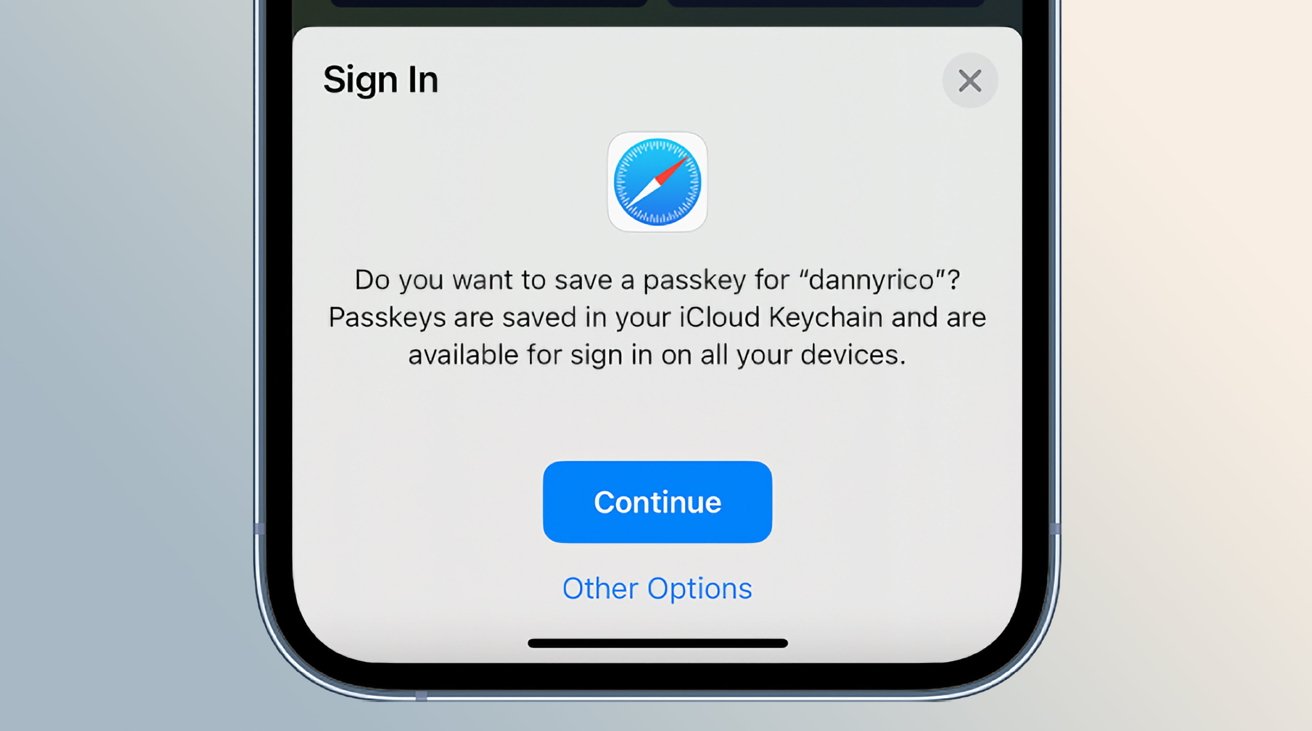Google has announced a major shift in authentication methods for its users by making passkeys the default sign-in method. Passkeys are being touted as the “beginning of the end” for passwords, providing a phishing-resistant alternative that eliminates the need for traditional username-password combinations.
Key Takeaway
Google is driving the transition away from traditional passwords by making passkeys the default sign-in method for all its users. Passkeys provide a more secure and convenient way to authenticate accounts, reducing the risk of phishing and other common security vulnerabilities associated with passwords. Google’s move towards passkeys reinforces the need for alternative authentication methods and highlights their potential to transform how users secure their online identities.
The Problem with Passwords
For years, passwords have been the primary method of securing online accounts. However, passwords are prone to various security vulnerabilities, such as phishing attacks, credential stuffing, keylogger malware, and the tendency to be forgotten. While multi-factor authentication and password managers have added a layer of security, they are not without flaws.
Authentication codes sent via text messages can be intercepted by attackers, and password managers have been hacked in the past. To address these concerns, Google has been an early advocate of passkeys as a viable alternative.
To understand the mechanism behind Google’s new default sign-in method, exploring what is passkey authentication reveals how this innovative approach enhances security and user convenience by eliminating traditional passwords.
What are Passkeys?
Passkeys are composed of two parts: one part is stored on the app or website’s server, while the other is stored on the user’s device. This two-part system allows users to prove their legitimacy as the account owner, making it incredibly difficult for hackers to gain remote access to an account, even in the event of a server breach. Physical access to the user’s device is required for successful authentication using passkeys.
Google’s Support for Passkeys
Google initially pledged its support for passkeys in May 2022 and introduced support for passkeys in Android and Chrome. In May, the company announced the global rollout of passkey support for Google account owners.
Now, Google has taken a significant step towards eliminating passwords altogether by making passkeys the default authentication method for all Google Account holders. This means that users will start seeing prompts to create and use passkeys when signing into their Google Accounts.
According to Google, user feedback has been overwhelmingly positive, with 64% of users finding passkeys easier to use compared to traditional methods like passwords and two-step verification.
Benefits of Passkeys
Google encourages all users to embrace passkeys as their primary sign-in option. While the initial setup may seem like a chore, adopting passkeys is an investment in better security that can potentially save users from future security disasters.
In addition to enhanced security, passkeys also offer a time-saving advantage. Google claims that logging in via passkeys is 40% faster than using a password.

























